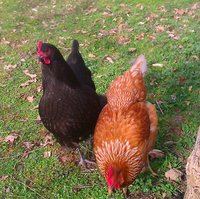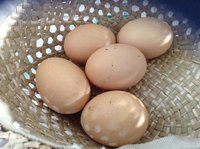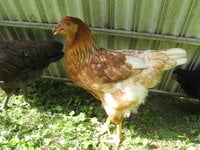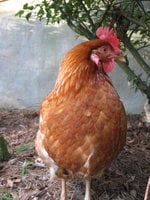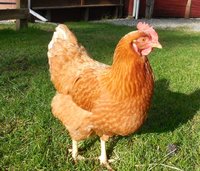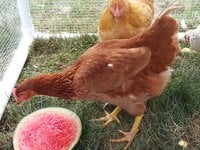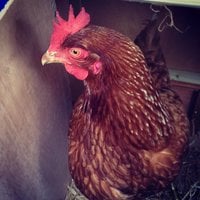General Information
- Breed Purpose
- Egg Layer
- Comb
- Single
- Broodiness
- Seldom
- Climate Tolerance
- All Climates
- Egg Productivity
- High
- Egg Size
- Large
- Egg Color
- Light Brown
- Breed Temperament
- Friendly
- Breed Colors/Varieties
- Red
- Breed Size
- Large Fowl
Sex-links are cross-bred chickens whose color at hatching is differentiated by sex, thus making chick sexing an easier process. Sex-links come in many varieties, few of which are a true breed. Red sex-links are a cross between a Rhode Island Red or New Hampshire rooster and a Delaware hen.

